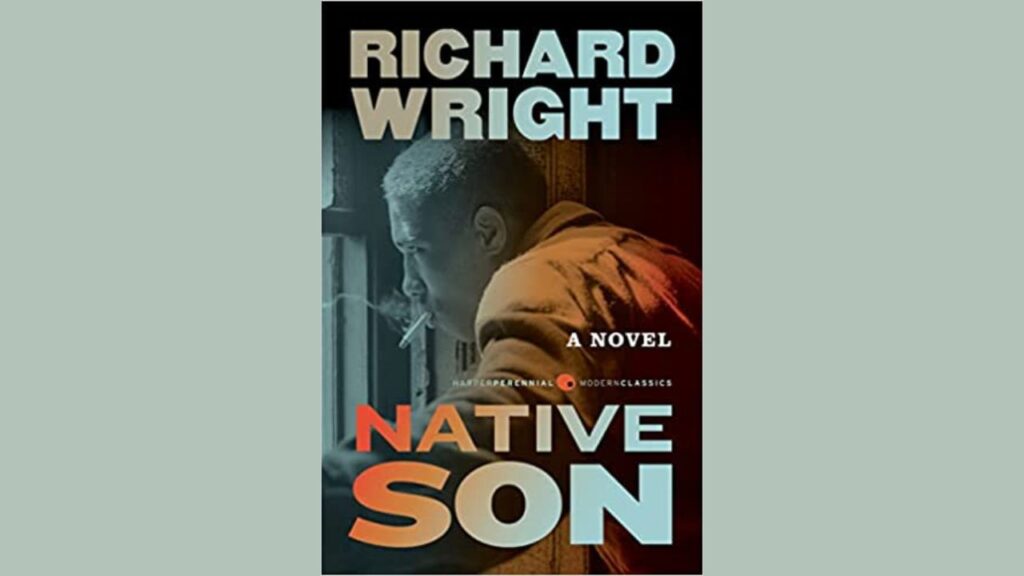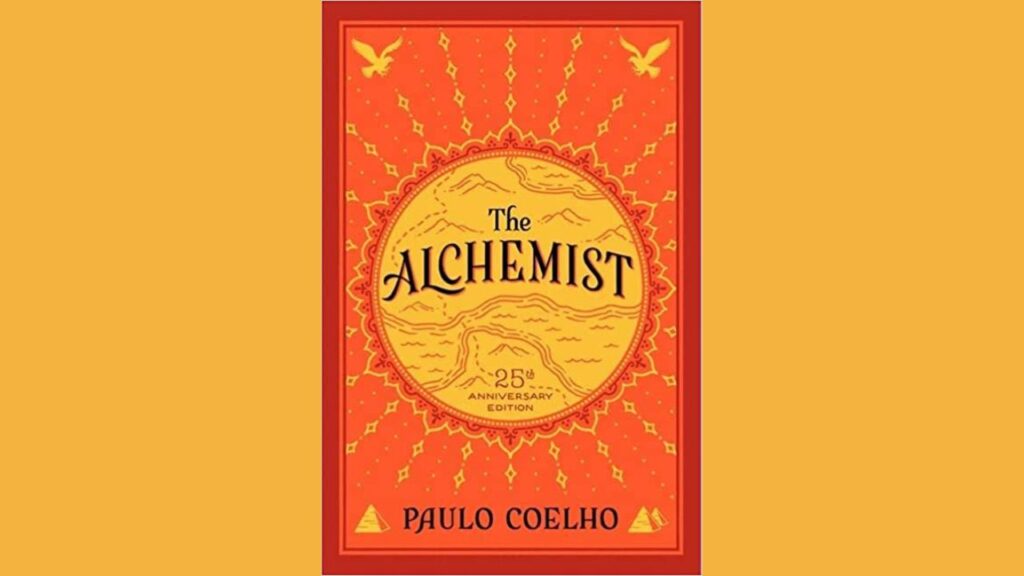
Student Notes – Native Son by Richard Wright
Introduction:
Native Son, written by Richard Wright and published in 1940, is a powerful and influential novel that explores the systemic racism and oppression faced by African Americans in early 20th-century America. Set in Chicago’s South Side during the 1930s, the book tells the story of Bigger Thomas, a young black man caught in a cycle of poverty, fear, and violence. These student notes provide an analysis of the novel, including an introduction, setting, historical context, characters, plot summary, key themes and symbolism, analysis and discussion points, and a conclusion. Native Son remains a significant work of African American literature, addressing the complexities of race, identity, and societal forces that shape human existence.
Setting:
- The novel is primarily set in Chicago’s South Side during the 1930s.
- The setting reflects the harsh realities of racial segregation and poverty faced by African Americans in urban areas during the Great Depression.
Historical Context:
- Native Son is set in a time when racial discrimination and segregation were deeply entrenched in American society.
- The novel captures the social and economic disparities experienced by African Americans and the limited opportunities available to them.
Characters:
Bigger Thomas:
- The protagonist, a young African American man trapped in poverty and struggling to find his place in a racist society.
- Bigger’s character embodies the frustration, anger, and psychological turmoil resulting from systemic oppression.
Mary Dalton:
- A white, affluent young woman who tries to bridge the racial divide but ultimately fails to fully understand the challenges faced by Bigger.
Jan Erlone:
- A white communist sympathizer who befriends Bigger and attempts to see beyond racial boundaries.
- Jan’s character represents the idealistic and naive white ally, highlighting the complexities of interracial relationships.
Plot Summary:
- The story revolves around Bigger Thomas, who inadvertently kills Mary Dalton, the daughter of his wealthy white employers, during a moment of fear and panic.
- Bigger tries to cover up his crime, but his actions only deepen his entanglement in a web of fear and racial tension.
- As the novel progresses, Bigger’s life spirals further out of control, leading to his eventual arrest and trial.
Key Themes and Symbolism:
Racism and Oppression:
- The novel exposes the dehumanizing effects of racism and the systemic oppression faced by African Americans in American society.
- The characters and events illustrate the psychological toll of racism on individuals like Bigger.
Fear and Violence:
- Fear and violence permeate the narrative, reflecting the cycles of violence perpetuated by a society that marginalizes and devalues its citizens.
Identity and Humanity:
- Native Son explores the complexities of identity, highlighting how societal forces shape one’s sense of self and the struggle for individuality and dignity.
Analysis and Discussion Points:
- Wright’s use of naturalistic writing style to depict the environment’s influence on the characters’ lives.
- The portrayal of Bigger as a product of his circumstances and the implications for personal responsibility.
- The examination of white liberal attitudes and the limitations of interracial understanding.
Conclusion:
Native Son by Richard Wright is a thought-provoking and impactful novel that exposes the deep-seated racism and systemic oppression experienced by African Americans in early 20th-century America. Through the character of Bigger Thomas, Wright vividly portrays the psychological turmoil and social forces that shape an individual’s life and choices. The novel’s exploration of race, fear, violence, and identity challenges readers to confront the uncomfortable realities of America’s racial history and reflect on the ongoing struggle for equality. Native Son remains a significant literary work that continues to resonate with audiences, provoking discussions on race, power, and the complexities of human existence.





